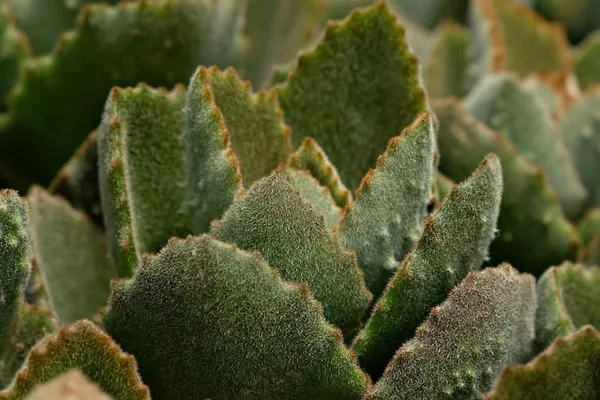Cacti, with their unique and striking beauty, have long fascinated enthusiasts and horticulturists alike. To truly appreciate the marvel of these desert-adapted plants, one must understand the intricate process of pollination that ensures their reproduction. Cactus flowers, often overlooked for their short-lived blooms, hold the key to the continuation of these resilient species. In this comprehensive guide, we will delve into the world of cactus flower pollination, exploring the methods, tools, and techniques that can help both novice and seasoned gardeners master this essential aspect of cactus care.
Understanding the Basics of Cactus Flower Anatomy
Before delving into the specifics of pollination, it is crucial to familiarize oneself with the anatomy of cactus flowers. Cactus flowers typically consist of reproductive organs, including stamens and pistils, housed within colorful petals. The stamens bear pollen, while the pistil is the female reproductive organ responsible for seed formation. Knowing the parts of the flower is the first step in successful pollination.
Identifying Cactus Species and Their Unique Pollination Needs
Cacti are a diverse group of plants, with each species exhibiting distinct characteristics and adaptations. Understanding the specific requirements of the cactus in question is paramount to successful pollination. Some cacti rely on self-pollination, while others depend on external factors such as wind, insects, or birds to transfer pollen. Researching the particularities of your cactus species is essential for tailoring your pollination strategy.
Choosing the Right Time for Pollination
Timing plays a pivotal role in cactus flower pollination. Cacti typically bloom during specific seasons, and the optimal time for pollination varies between species. Monitoring the flowering cycle of your cactus ensures that you intervene at the opportune moment, maximizing the chances of successful pollination. Patience and attentiveness are key virtues for any cactus enthusiast looking to master the art of pollination.
Tools of the Trade: Essential Equipment for Pollination
Equipping yourself with the right tools is crucial when undertaking the delicate task of cactus flower pollination. A soft brush, preferably a fine artist’s brush, is an indispensable tool for collecting and transferring pollen. Tweezers may also prove useful for more intricate operations. Ensuring that your tools are clean and sterile minimizes the risk of introducing contaminants to the reproductive process.
Hand Pollination: A Step-by-Step Guide
Step 1: Identify Male and Female Flowers
Distinguish between male and female flowers on your cactus. Male flowers typically have prominent stamens carrying pollen, while female flowers boast a prominent pistil.
Step 2: Collecting Pollen
Gently brush the stamens of the male flower with your soft brush to collect pollen. Ensure that the brush is clean to avoid contamination.
Step 3: Transferring Pollen
Carefully transfer the collected pollen to the stigma of the female flower. Use a gentle, sweeping motion to ensure effective pollination.
Step 4: Repeat as Necessary
Depending on the species, you may need to repeat the process with multiple flowers to increase the chances of successful pollination.
Natural Pollination Methods: Harnessing the Power of Nature
While hand pollination is a reliable method, understanding and facilitating natural pollination can enhance the overall health and genetic diversity of your cactus population. Encouraging the presence of pollinators such as bees, butterflies, and hummingbirds in your garden creates a symbiotic relationship that benefits both the cacti and the ecosystem.
Common Challenges and Troubleshooting Tips
Despite your best efforts, challenges may arise during the pollination process. Be vigilant for signs of unsuccessful pollination, such as wilting flowers or lack of seed development. Adjusting your approach, such as experimenting with different pollination times or methods, can help overcome these challenges and improve your success rate.
Celebrating Success: Caring for Developing Seeds and Seedlings
Once pollination is successful, the focus shifts to nurturing the developing seeds. Proper care, including appropriate watering and protection from pests, ensures the viability of the seeds. As the seeds germinate and seedlings emerge, meticulous attention to their growth conditions ensures the continuation of your cactus garden.
Conclusion
Mastering the art of cactus flower pollination is a journey that combines scientific knowledge with a touch of artistry. Whether you choose the precision of hand pollination or the collaboration with nature through natural methods, the reward lies in witnessing the vibrant blooms and the continuation of life within your cactus garden. By understanding the intricacies of cactus flower reproduction, you not only contribute to the preservation of these unique plants but also unlock the secrets of a fascinating and resilient corner of the botanical world.


